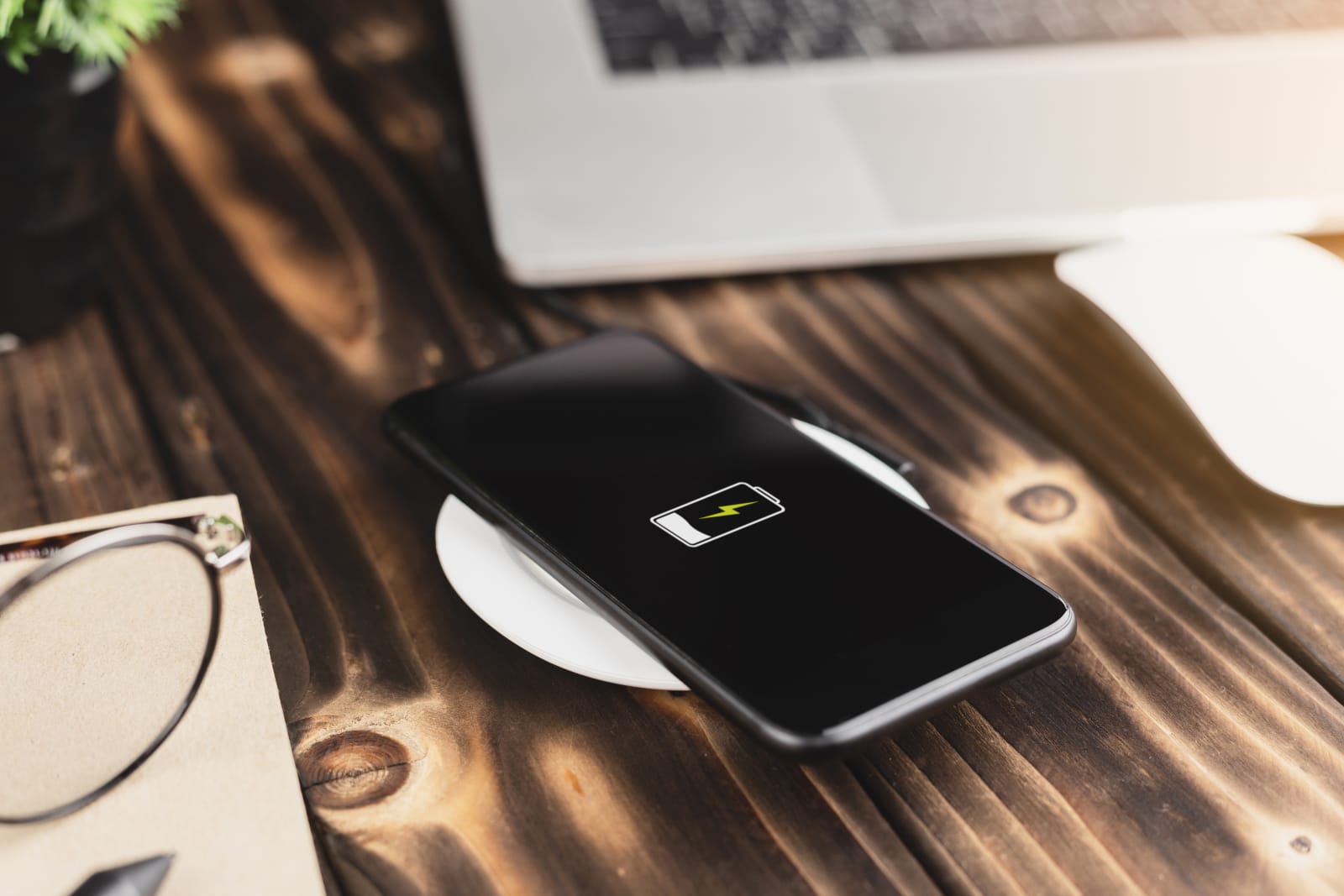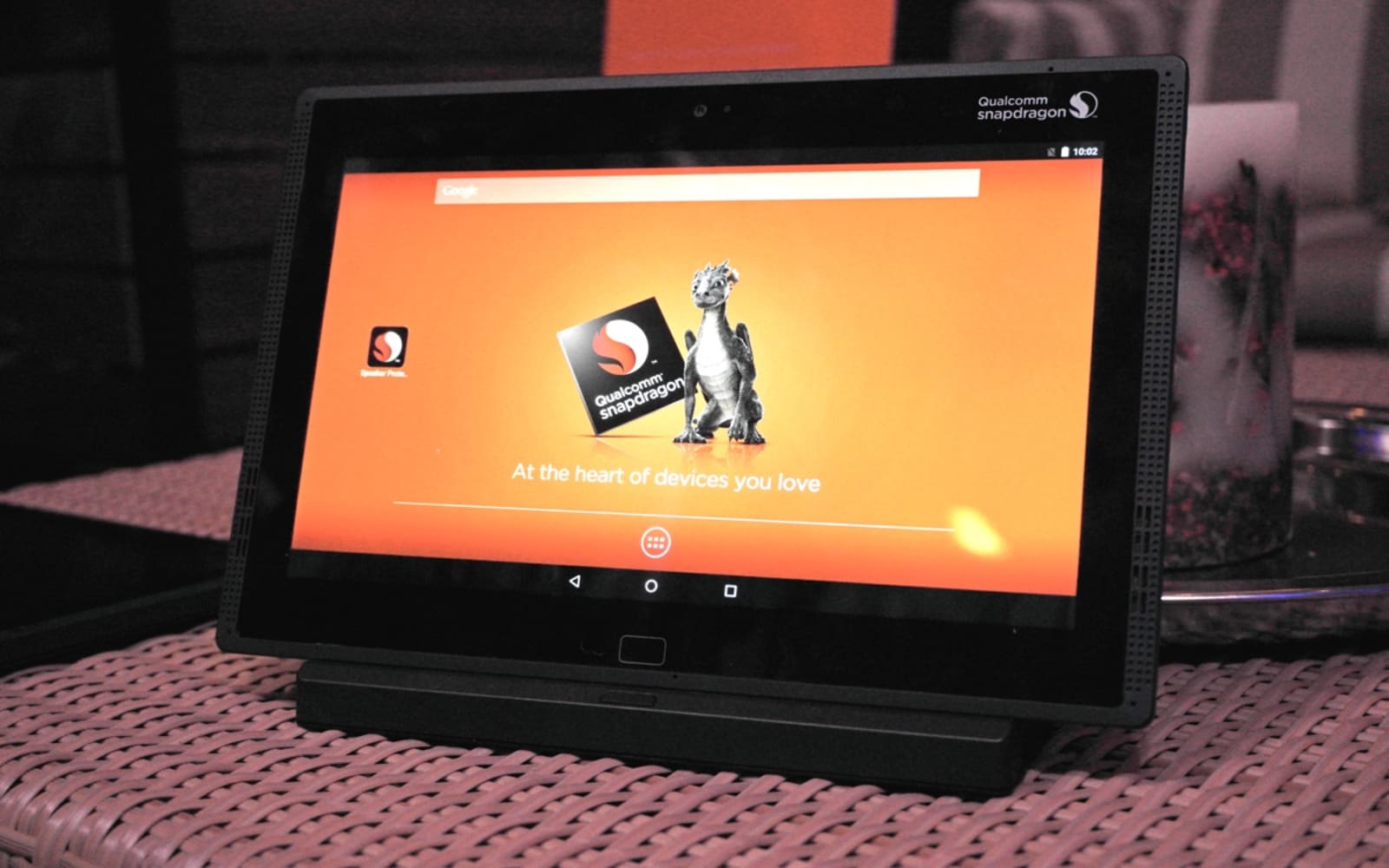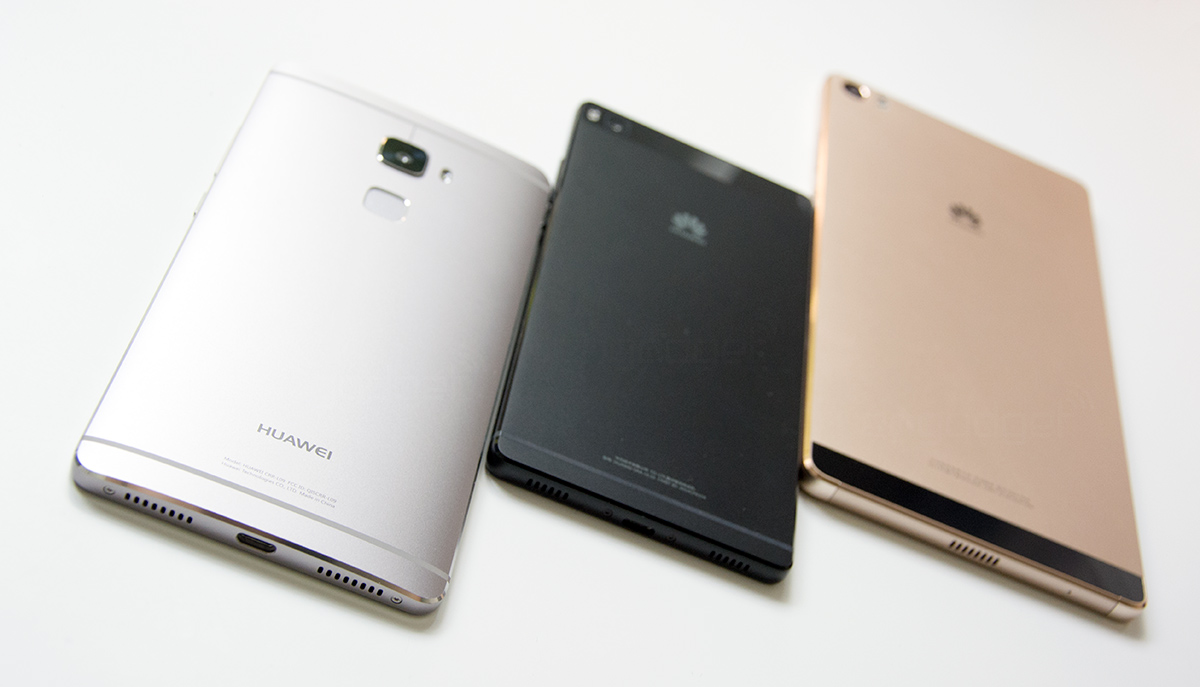Qualcomm(R) Quick Charge 2.0: Less Time Charging, More Time Doing
You can't go mobile if you're stuck plugged into an outlet waiting for your smartphone or tablet to charge. Last year, over 70 devices launched with Qualcomm Quick Charge 1.0, an in-device solution that enables smartphones and tablets to charge up to 40% faster. Today we're introducing the next generation, Qualcomm Quick Charge 2.0, a solution that resides in both the device (offered as a standalone IC solution or as part of the PMIC power management integrated circuit of Snapdragon[TM] 800 processors) and in the AC/DC wall charger. It's even faster and more flexible than Quick Charge 1.0, and will be inside smartphones and tablets powered by Snapdragon 800 processors.
Products with Quick Charge 2.0 can charge up to 75% faster than products without Quick Charge technology. In our labs we found tablets that normally take over 7 hours to charge were able to reach full charge in less than 3 hours with the Quick Charge 2.0 solution.
Quick Charge 2.0 devices are designed to play nice with Quick Charge 1.0 chargers and vice versa; they're all backwards and forwards compatible. You can use a Quick Charge 2.0 charger with a Quick Charge 1.0 device, since by default the 2.0 charger safely provides only the voltage/power allowed by the 1.0 device. And although 2.0 devices will ship with 2.0 chargers, these devices can be charged safely by 1.0 chargers as well but at '1.0 speed'. However to get the fastest, most optimal charge, simply use a 2.0 charger with a 2.0 device. Then and only then, will the 2.0 charger provide the higher voltage at the request of the 2.0 device.
Quick Charge 2.0 will soon be built into standard micro-USB AC/DC wall chargers, so these chargers won't look or operate differently and will be widely available. In fact, Qualcomm is already working with leading AC/DC chipset suppliers and their AC/DC power supply partners to fully enable the power supply ecosystem.
You'll soon be able to charge even more types of devices faster. While Quick Charge 1.0 technology, with about 10 watts of power, was designed primarily for smartphones and tablets, Quick Charge 2.0 delivers up to 60 watts, not only improving charge times for smartphones and tablets, but adding support for larger mobile computing devices like slim notebooks.
We anticipate that devices and wall chargers with Quick Charge 2.0 will be available for purchase by early 2014; all smartphones and tablets with a Qualcomm Snapdragon 800 processor will have Quick Charge 2.0. Snapdragon 800 processors are an entire system-on-a-chip and feature a CPU, GPU, DSP, LTE Modem and much more, enabling UltraHD video, high-end 3D gaming, 7.1 surround sound, and up to 55 Megapixel image captures, so being able to quick charge means less time charging and more time doing!
The Snapdragon processor is designed to consume very little power, so once your device is quick charged, you won't have to worry about charging for a while. Our website provides all the latest information on our upcoming Snapdragon 800 processors and about Qualcomm Quick Charge. Qualcomm Quick Charge is a product of Qualcomm Technologies, Inc.
Snapdragon[TM] wakes up the mobile world with Snapdragon Voice Activation
Having raised the bar for mobile processor features and efficiency, Snapdragon 800 processors are our proudest achievement to date. And at CES, Paul revealed some of the unique new features Snapdragon 800 processors will come loaded with, including IZat location technology, UltraHD video and quad Krait 400 cores at up to 2.3 GHz each.
That said, we're always keen to save a few surprises for later. If you're wondering what more we could add to the Snapdragon 800 package, we've got two words for you: "Voice Activation"
Today, we're pleased to introduce Snapdragon Voice Activation, the world's first integrated always-on, low-power listening feature. Snapdragon Voice Activation, a new addition to the Qualcomm Fluence[TM] PRO suite of integrated audio solutions, enables devices powered by Snapdragon 800 processors to be "woken up" by a custom voice command (beginning with a custom phrase set by the device OEM like "Hey Snapdragon", for example) and respond without even a single key press. After recognizing a custom word or phrase, Voice Activation wakes the Snapdragon-based device, even if it had been in standby or airplane mode, and connects to the OEM's/HLOS voice natural user interface.
Snapdragon Voice Activation is designed to be a low-power and secure solution. It enables devices to use the least amount of power possible to listen only for the custom word set by the OEM and spoken by only the voice of the device owner, enabling both a secure and power efficient solution for users.
All of this is made possible through the advanced, tightly integrated hardware and software in Snapdragon 800 processors. And with over 55 Snapdragon 800-powered devices already in development, smartphones and tablets everywhere will be waking up to their owners' command when they are available in the second half of 2013. We've long promoted the idea of mobile devices evolving into a digital sixth sense, and today, more than ever, we are seeing these big ideas become reality.
 Qualcomm's Quick Charge tech has been falling behind the times -- it's focused on wired power at a time when wireless is in vogue. The company knows it's time to change, though. It's introducing a version of Quick Charge for wireless power that aim...
Qualcomm's Quick Charge tech has been falling behind the times -- it's focused on wired power at a time when wireless is in vogue. The company knows it's time to change, though. It's introducing a version of Quick Charge for wireless power that aim...
 Qualcomm's Quick Charge tech has been falling behind the times -- it's focused on wired power at a time when wireless is in vogue. The company knows it's time to change, though. It's introducing a version of Quick Charge for wireless power that aim...
Qualcomm's Quick Charge tech has been falling behind the times -- it's focused on wired power at a time when wireless is in vogue. The company knows it's time to change, though. It's introducing a version of Quick Charge for wireless power that aim...
 We all want more power with less charging on our mobile phones. Qualcomm, the maker of the Snapdragon 835 processor, has long been working to provide lower power usage and faster battery charging. The current Quick Charge 4 technology, announced in N...
We all want more power with less charging on our mobile phones. Qualcomm, the maker of the Snapdragon 835 processor, has long been working to provide lower power usage and faster battery charging. The current Quick Charge 4 technology, announced in N...
 Google isn't a fan of non-standard approaches to fast-charging Android phones over USB-C, and it's bent on having manufacturers fall in line. Its newest Android Compatibility Definition document (for Android Nougat) now says it's "strongly recommend...
Google isn't a fan of non-standard approaches to fast-charging Android phones over USB-C, and it's bent on having manufacturers fall in line. Its newest Android Compatibility Definition document (for Android Nougat) now says it's "strongly recommend...
 Technically, USB-C and fast-charging methods like Qualcomm's Quick Charge 3.0 aren't supposed to mix. As Google's Benson Leung (a frequent crusader for good USB implementations) noted last fall, the USB-C spec explicitly forbids the variable voltage...
Technically, USB-C and fast-charging methods like Qualcomm's Quick Charge 3.0 aren't supposed to mix. As Google's Benson Leung (a frequent crusader for good USB implementations) noted last fall, the USB-C spec explicitly forbids the variable voltage...
 That fast-charging smartphone you just bought has a dirty secret: more likely than not, it's reducing the lifespan or capacity of the battery to get that breakneck speed. Huawei doesn't think you should have to compromise, though. It just showed o...
That fast-charging smartphone you just bought has a dirty secret: more likely than not, it's reducing the lifespan or capacity of the battery to get that breakneck speed. Huawei doesn't think you should have to compromise, though. It just showed o...

